Each of our Erb Institute toolboxes is designed to help you better implement decision-making strategies for sustainability at your company. These toolboxes cover a wide variety of topics and are routinely updated to keep up with changing innovations and trends.

Bruce Usher
- Case Study
How should Impact America Fund, a prominent early-stage socially-conscious investment think about its ongoing strategy after initial fundraising success?
- Topics on: Behavioral Economics, Climate Sustainability, Corporate Sustainability Strategy, Social Impact and Sustainability










